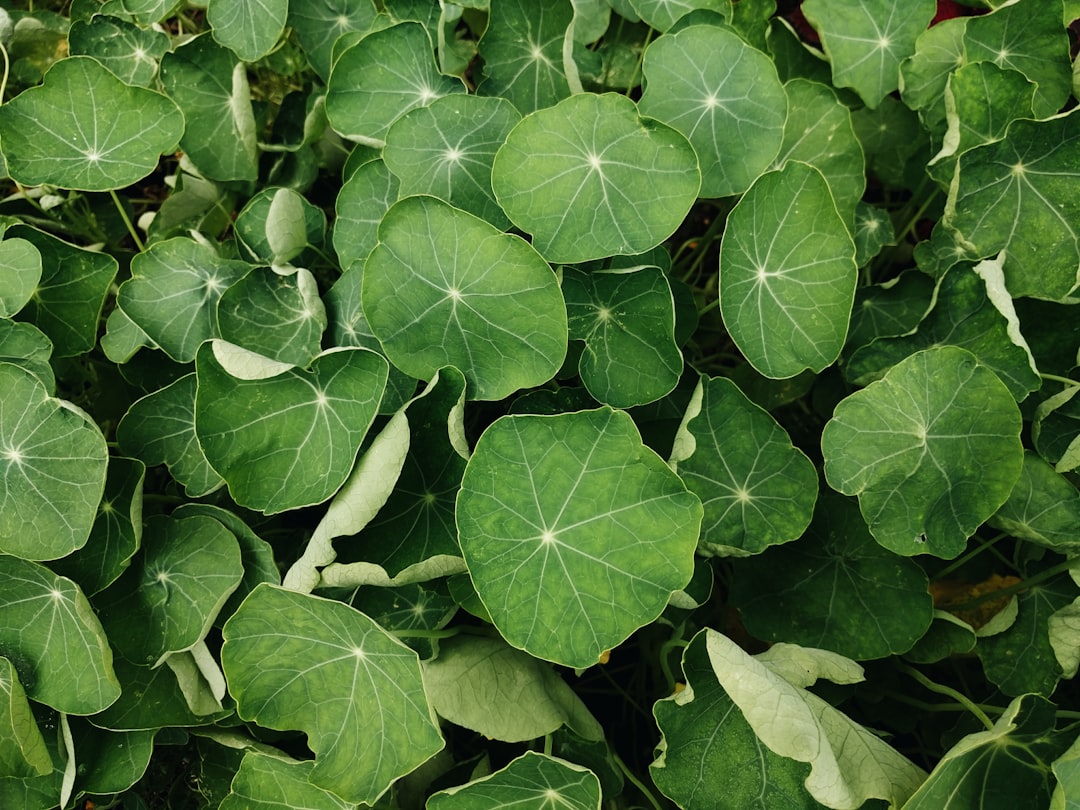Plants are everywhere—sprouting from city sidewalks, climbing mountain ranges, flourishing in rainforests, and thriving underwater. From the food on our plates to the air we breathe, plants sustain all life on Earth. Behind the beauty and function of every leaf, flower, and root lies a vast and fascinating science: botany.
Botany, the study of plants, is much more than identifying flowers or classifying trees. It’s a global science that uncovers the secrets of ecosystems, supports biodiversity, and fuels innovations in medicine, agriculture, and sustainability. In this blog post, we’ll explore what botany is, why it matters, and how the plant kingdom continues to inspire and sustain life across the globe.
🌿 What Is Botany?
Botany is the branch of biology that studies plants, including their structure, growth, reproduction, evolution, classification, and interactions with the environment. It also encompasses algae, fungi, and sometimes bacteria—organisms once grouped with plants due to shared characteristics.
Botanists are scientists who explore everything from microscopic plant cells to vast forest ecosystems, using this knowledge to solve real-world problems like food insecurity, climate change, and habitat loss.
🌎 The Global Importance of Plants
🌱 Food and Agriculture
Every grain, fruit, and vegetable we eat originates from plants. Understanding how plants grow and respond to different environments helps improve crop yields, develop climate-resilient varieties, and ensure global food security.
💧 Ecosystem Services
Plants regulate water cycles, purify air, prevent erosion, and create habitats for countless other species. Forests act as the planet’s lungs—absorbing carbon dioxide and releasing oxygen.
🩺 Medicine and Healing
Over 25% of modern medicines are derived from plants. From ancient remedies like willow bark (aspirin) to cancer-fighting compounds from the Madagascar periwinkle, botany continues to unlock new medical breakthroughs.
🧬 Biodiversity and Conservation
Botanical research helps identify endangered species and protect rare ecosystems. Conserving plant diversity safeguards not only plant life but also the countless animals, fungi, and microorganisms that rely on it.
🌻 Cultural and Spiritual Significance
Plants play a central role in traditions, rituals, and art around the world—whether it’s the symbolic lotus in Buddhism, olive branches in Mediterranean peace offerings, or sacred groves in indigenous cultures.
🧪 Major Branches of Botany
-
Plant Physiology – How plants function (photosynthesis, respiration, growth)
-
Plant Taxonomy – Classification and naming of plants
-
Plant Ecology – Interaction of plants with their environment and other organisms
-
Plant Pathology – Study of plant diseases
-
Ethnobotany – How people use plants for food, medicine, and culture
-
Paleobotany – Fossil plants and the evolution of vegetation through time
-
Molecular Botany – Genetic and biochemical processes in plant life
Each branch contributes to our understanding of plants—and collectively, they paint a complete picture of the plant kingdom.
🪴 Iconic Plants from Around the World
-
Baobab (Africa) – The "Tree of Life" stores water and offers food, shelter, and medicine.
-
Sakura (Japan) – Cherry blossoms symbolize renewal and the fleeting beauty of life.
-
Amazonian Bromeliads (South America) – These hold water in their leaves and provide homes for frogs and insects.
-
Ginkgo (China) – A “living fossil” used in traditional medicine and admired for its resilience.
-
Eucalyptus (Australia) – A fast-growing tree known for its essential oils and koala-friendly leaves.
-
Rafflesia (Southeast Asia) – One of the world’s largest flowers, known for its strong odor and rare bloom.
Each species tells a story—of adaptation, interdependence, and survival.
🧭 Why Botany Matters Now More Than Ever
🔥 Climate Resilience
As the planet warms, botanists are at the forefront of identifying and breeding plants that can withstand drought, salinity, and shifting seasons.
🏙️ Urban Greening
Botanical knowledge is shaping greener cities, from rooftop gardens and vertical forests to urban tree planting and green infrastructure.
🌾 Food Security
Botanists are working to preserve seed diversity, improve soil health, and develop sustainable farming techniques to feed a growing global population.
🐝 Pollinator Protection
Plant scientists help design pollinator-friendly landscapes to support bees, butterflies, and other essential species.
🌍 Rewilding and Restoration
Restoring native plants is key to bringing degraded lands back to life—and supporting biodiversity in the process.
🌐 How to Explore Botany Wherever You Are
-
Visit Botanical Gardens – These living museums offer education, conservation, and beauty.
-
Grow a Garden – Whether it’s herbs on a windowsill or a full backyard garden, gardening deepens plant appreciation.
-
Join Citizen Science Projects – Apps like iNaturalist let you contribute to global plant data by documenting local species.
-
Take a Walk and Observe – Learn the names of trees, identify flowers, and notice seasonal changes in your surroundings.
-
Support Conservation – Donate to or volunteer with organizations that protect endangered plants and habitats.
🌸 Final Thoughts: The Wonder of the Plant Kingdom
Botany reveals the magic of the world we walk through every day. It teaches us that plants are not passive decorations but dynamic, intelligent, and essential players in Earth’s story. They are healers, builders, providers, and protectors.
From the towering redwoods to the tiniest mosses, plants remind us that life is interconnected—and that understanding the green world is key to preserving our own.
So the next time you pass a tree or bite into a piece of fruit, take a moment to appreciate the incredible science behind it—and the botanists working behind the scenes to keep the global plant kingdom thriving.
Here’s to the power, beauty, and brilliance of plants.

Comments
No comments yet. Be the first to comment!
You must be logged in to comment. Login